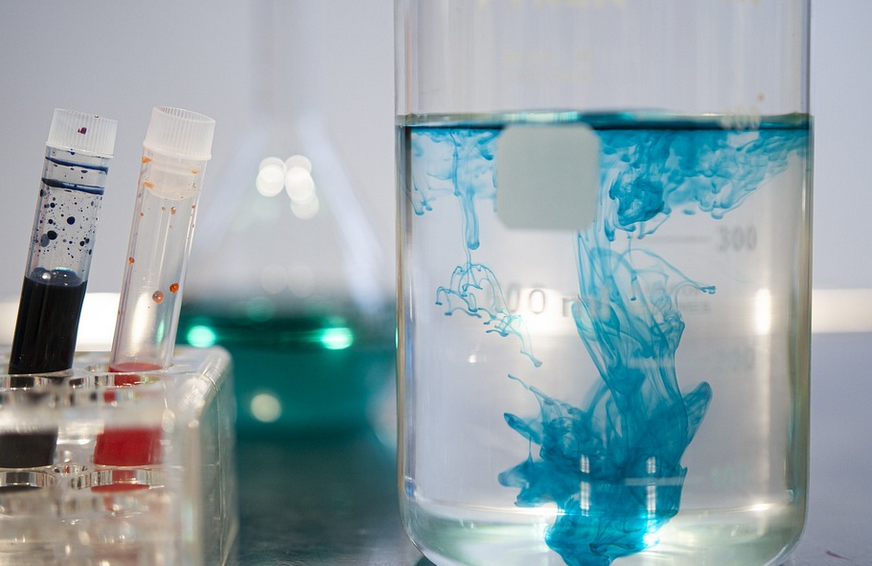Introduction
Butyl acetate is a colorless and flammable compound that is widely used in various industries. This chemical has a fruity odor and is commonly known as banana oil. In this blog, we will discuss the chemical formula of butyl acetate, its properties, uses, and safety precautions.
Chemical Formula of Butyl Acetate
The chemical formula of butyl acetate is C6H12O2. It is composed of six carbon atoms, twelve hydrogen atoms, and two oxygen atoms. The molecular weight of butyl acetate is 116.16 g/mol. This chemical belongs to the family of esters and is derived from the reaction between butanol and acetic acid.
Properties of Butyl Acetate
Butyl acetate is a highly volatile liquid with a boiling point of 126°C. It has a low viscosity and is soluble in most organic solvents. This chemical is flammable and can form explosive mixtures when exposed to air. It is also a mild irritant to the skin and eyes.
Uses of Butyl Acetate
Butyl acetate is widely used in the production of lacquers, coatings, and adhesives. It is also used as a solvent in the printing industry and as a flavoring agent in the food industry. Additionally, butyl acetate is used as a cleaning agent in electronic and automotive industries.
Safety Precautions
Butyl acetate is a hazardous chemical and should be handled with care. It is highly flammable and can cause skin and eye irritation. It is important to wear protective clothing, gloves, and goggles while handling this chemical. In case of ingestion or inhalation, seek medical attention immediately.
Conclusion
In conclusion, butyl acetate is a widely used chemical in various industries. Its chemical formula is C6H12O2 and it has a low viscosity and fruity odor. It is highly flammable and should be handled with care. Butyl acetate has numerous applications in the production of coatings, adhesives, and flavorings. It is important to follow safety precautions while handling this chemical to avoid any potential hazards.

